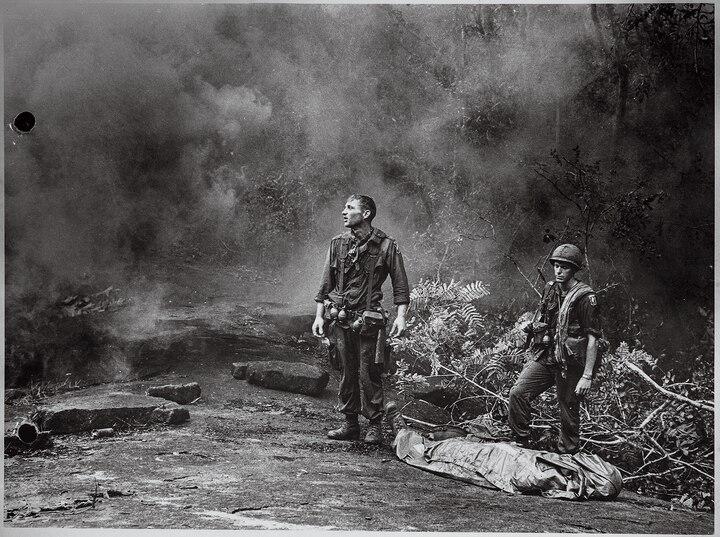
Two exhausted American soldiers stand next to a slain compatriot in Long Khánh, Vietnam, in 1966.
2025-11-05 1373词 晦涩
Cold War ideology—the struggle between the opposing systems of capitalism and communism post-World War II—fueled the battle, with Vietnam split in two: the Democratic Republic of Vietnam (north) and the Republic of Vietnam (south). The North Vietnamese communist forces with their southern allies the Vietcong (a nickname derived from the term “Vietnamese communist” that was widely used to refer to members of the People’s Liberation Armed Forces or PLAF), were bolstered by support from the U.S.S.R. and China. South Vietnam was supported by the United States, France, and other anti-communist allies. Ho Chi Minh was president of North Vietnam from 1945 until his death in 1969. A longtime communist and revolutionary, he was resistant to all colonial powers. While many saw him as a champion for independence, others disapproved of his complicity in war crimes and the idolatry of him as a leader.
免责声明:本文来自网络公开资料,仅供学习交流,其观点和倾向不代表本站立场。